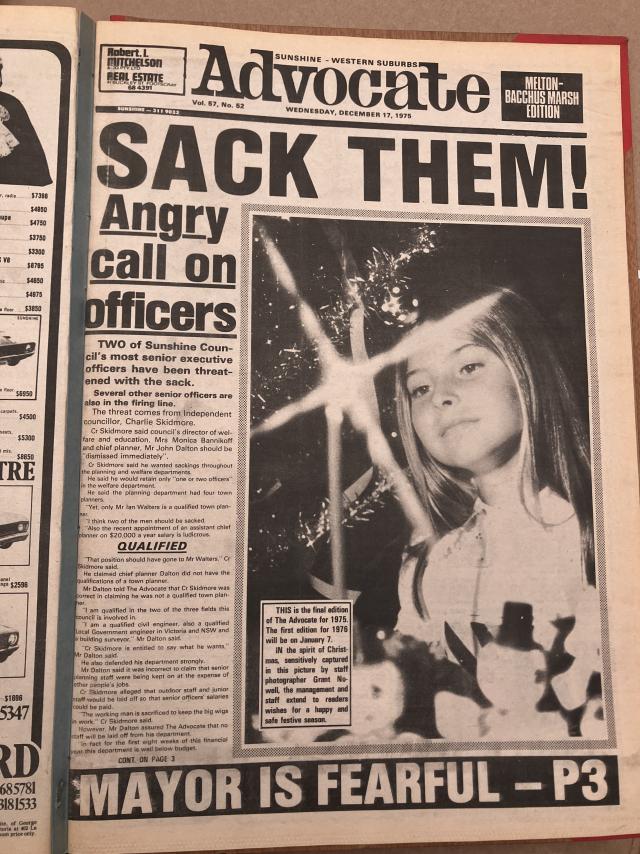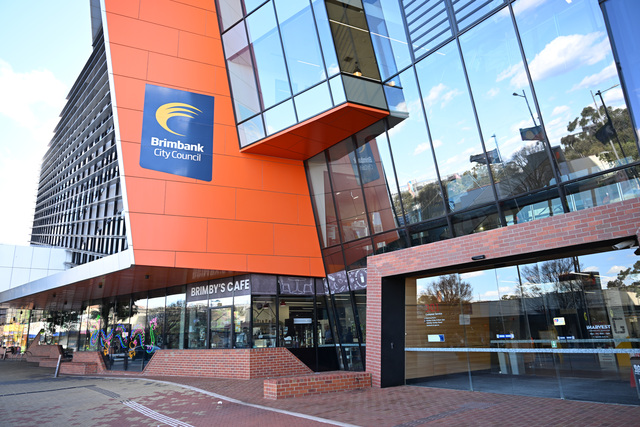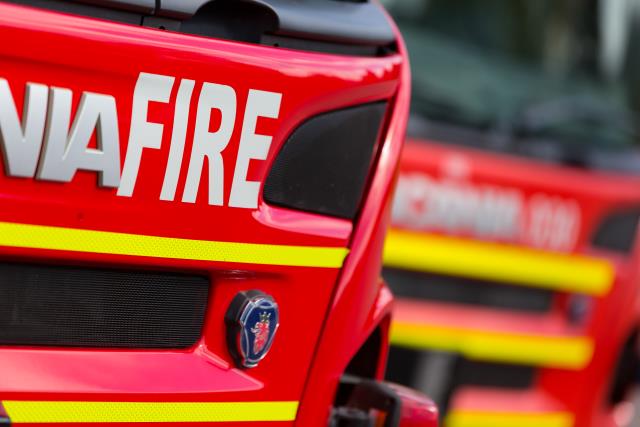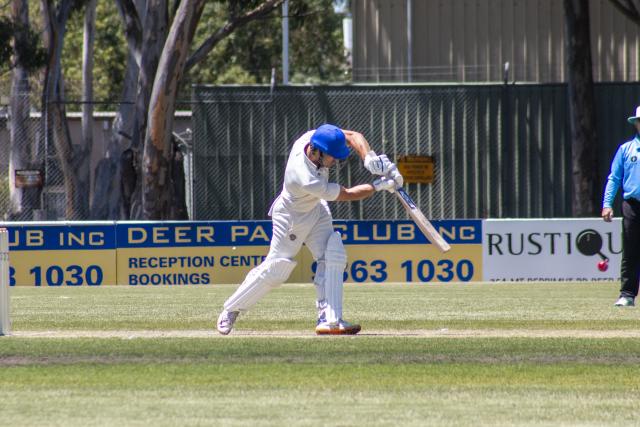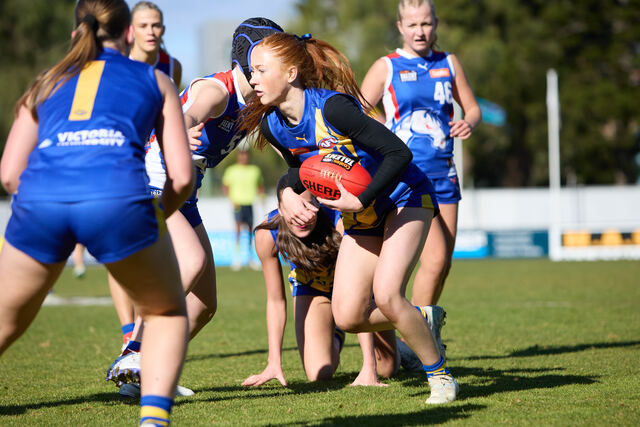Brimbank had 19 fatal drug overdoses last year, prompting a national drug support organisation to train local health workers to recognise the signs.
Coroners Court figures show the number of drug-related fatalities jumped significantly, from nine in 2012 and 15 in 2011.
In 2012-13, there were 74 amphetamine-related call-outs for ambulance paramedics in Brimbank, almost double the number of 2011-12, when there were 35 amphetamine-related attendances.
Brimbank had 60 crystal methamphetamine (ice)-related call-outs in 2012-13, up from 27 the year before.
Heroin-related attendances reached 166 in 2012-13, and GHB (ecstasy)-related call-outs were at 10.
Five call-outs related to cocaine use.
Penington Institute spokesman Dr Patrick Griffiths said pharmaceutical drug overdoses were just as significant as illegal drug overdoses.
“Among women in the 40-49 age group, nationally, the number of accidental fatals involving pharmaceutical drugs is four times the number of fatal car accidents,” Dr Griffiths said.
Ambulance call-outs for benzodiazepines, including prescription tranquillisers and sleeping pills, numbered 145 in 2012-13, increasing from 107 the year before.
In 2012-13, there were 54 ambulance call-outs in Brimbank for antidepressant medication overdoses, 45 for antipsychotic drug overdoses and 93 attendances for analgesic drug overdoses, including opioids.
Dr Griffiths cited the overdose death of Sunshine West woman Anne Christine Brain in 2011 as an “exact case” where awareness of the signs of overdose, and use of the opioid-reversal drug Naloxone, would have been useful.
The Coroners Court findings determined Ms Brain died from intoxication caused by eight prescription medications, including codeine, methadone and tramadol, after her daughter was unable to wake her as she snored loudly.
Naloxone was administered at 79 heroin overdose attendances in Brimbank in 2012-13.
Dr Griffiths said the Penington Institute was hoping to start training health workers at the needle exchange in St Albans soon.

